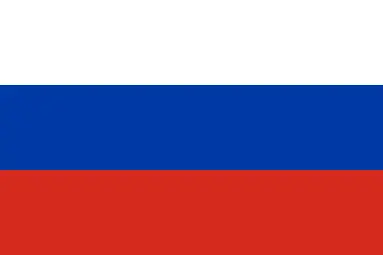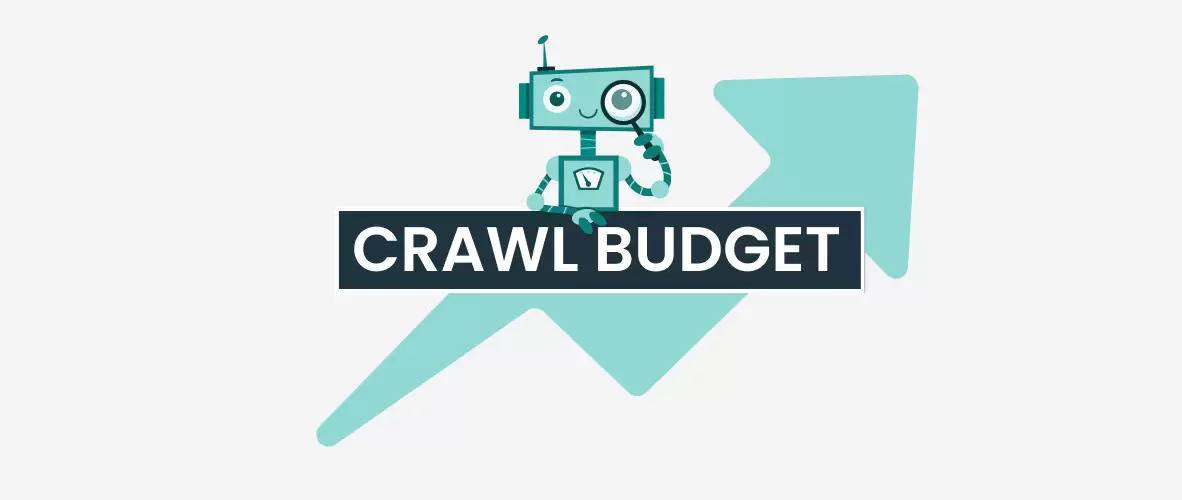What is Crawl Budget?
Crawl Budget refers to the amount of resources search engines (primarily Google) allocate to indexing the pages of your website. It determines how your website will appear in search engines and which pages will be indexed. If your site has a lot of pages, but Google only visits a small portion of them, it indicates that you are not using your Crawl Budget effectively.
How Does Crawl Budget Work?
Google's visit to your website is based on two main factors:
-
Crawl Rate Limit:
-
Crawl Demand:
What is Crawl Rate?
Crawl Rate defines how often and how quickly Googlebot can visit your server. If your server is fast and stable, Google can visit more pages.
What is Crawl Rate Limit?
This is the limit set by Google to prevent overloading your server. If your server response time is slow, Google reduces the Crawl Rate.
What is Crawl Demand?
This indicates the importance of certain pages to Google. Popular and frequently updated pages have higher Crawl Demand.
Factors Affecting Crawl Budget
Effective management of Crawl Budget directly impacts your website's SEO performance. Search engines, especially Google, consider several factors when indexing your site. Understanding and optimizing these factors can help you use your Crawl Budget more efficiently.
1. Server Response Speed
-
The response speed of your server directly affects the efficiency of your Crawl Budget.
-
When Googlebot visits your site, it checks how quickly your server responds.
-
Slow servers cause Google to visit fewer pages, while fast and stable servers can increase your Crawl Budget.
Recommendation: Use a powerful hosting service and limit unnecessary server requests to improve server response speed.
2. Website Size and Structure
-
Large and complex websites have more pages, increasing Crawl Budget usage.
-
Internal link structure also plays a crucial role. Well-optimized and organized structures help Googlebot visit pages more easily.
3. URL Status (301, 404, 500)
4. Robots.txt File
Recommendation: Regularly check your Robots.txt file and block only unnecessary pages.
5. Sitemap (Site Map)
Recommendation: Only include important pages in your Sitemap and update it regularly.
6. Page Update Frequency
-
Google visits frequently updated pages more often.
-
Pages like blog posts, product pages, and news have higher Crawl Demand.
Recommendation: Regularly update your main pages and add new content.
7. Duplicate Content
-
Weak or duplicate content can cause Google to waste your Crawl Budget.
-
If your site has duplicate or low-quality pages, Google may visit these instead of valuable pages.
Recommendation: Create unique, high-quality content and remove duplicate pages.
8. Internal Links
Recommendation: Strengthen your main pages with more internal links.
9. Canonical URLs
10. JavaScript and Dynamic Content
-
Pages loaded with JavaScript can be difficult for Google to index.
-
If important content on your site is only loaded with JavaScript, Google may ignore it, wasting your Crawl Budget.
11. Backlinks from Related Sites
12. Mobile Compatibility
Recommendation: Make your site mobile-friendly and optimize mobile speed.
Tools for Managing Crawl Budget
-
Google Search Console: Monitor Crawl Statistics.
-
Ahrefs and Semrush: Excellent tools for site analysis.
-
Screaming Frog: Ideal for technical SEO analysis.
Frequently Asked Questions (FAQ)
1. What is Crawl Budget?
Crawl Budget indicates the amount of resources that Google allocates for indexing your website pages.
2. How does Crawl Budget affect SEO?
It determines which pages of your site are indexed and directly impacts your SEO performance.
3. What are Crawl Rate and Crawl Demand?
4. How can I optimize my Crawl Budget?
-
Improve server performance.
-
Set up your Robots.txt and Sitemap files correctly.
-
Eliminate low-quality content.
5. What tools can I use to monitor Crawl Budget?
-
Google Search Console
-
Ahrefs
-
Semrush
-
Screaming Frog


.webp)




